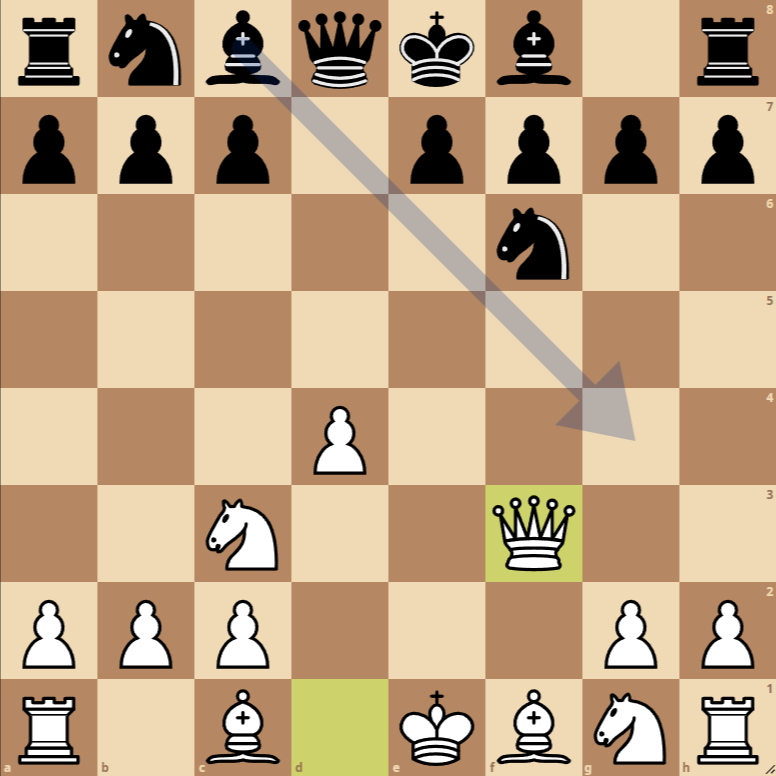How to Play the Blackmar-Diemer Gambit Accepted Ryder Gambit Opening
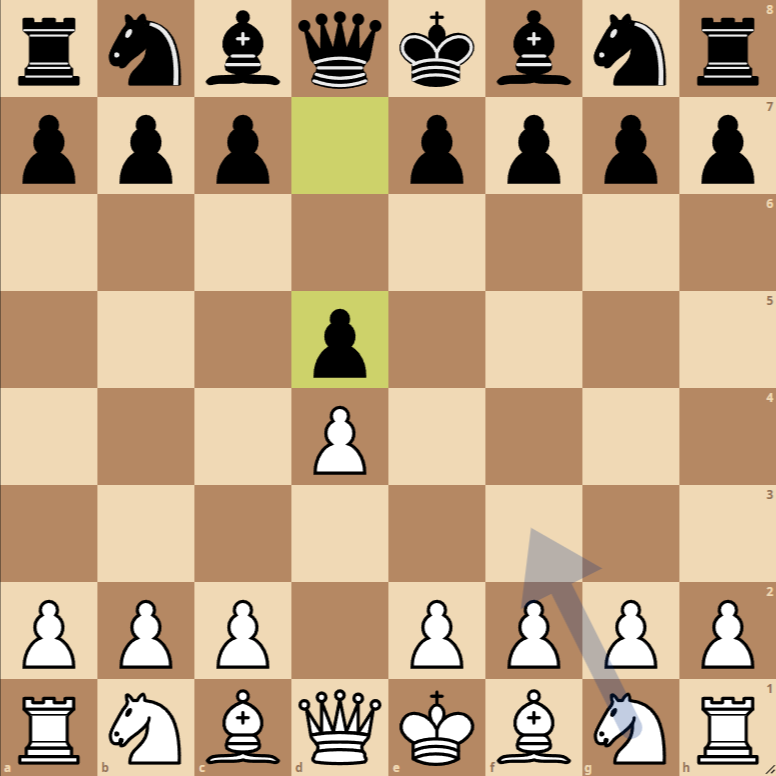
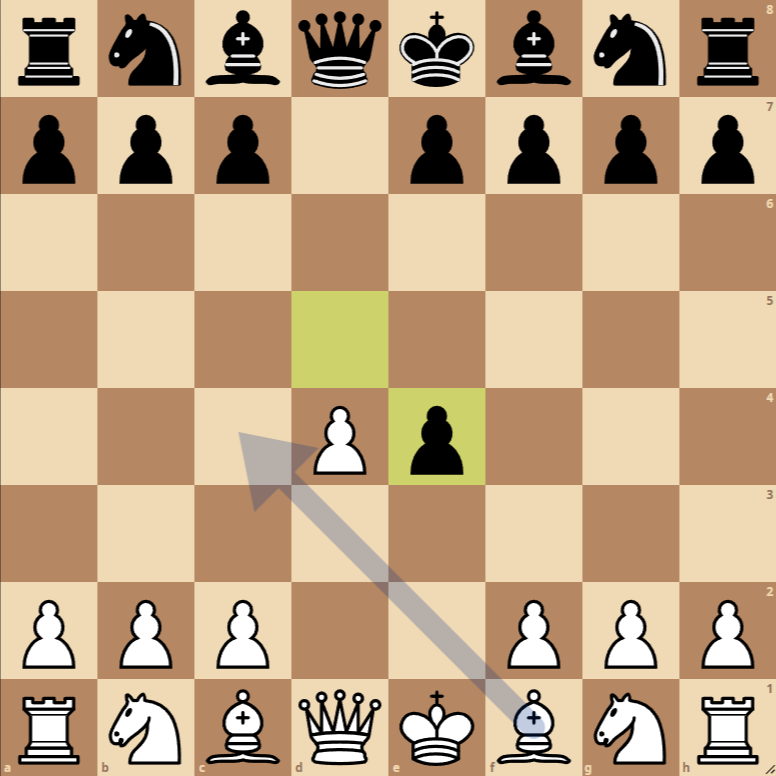
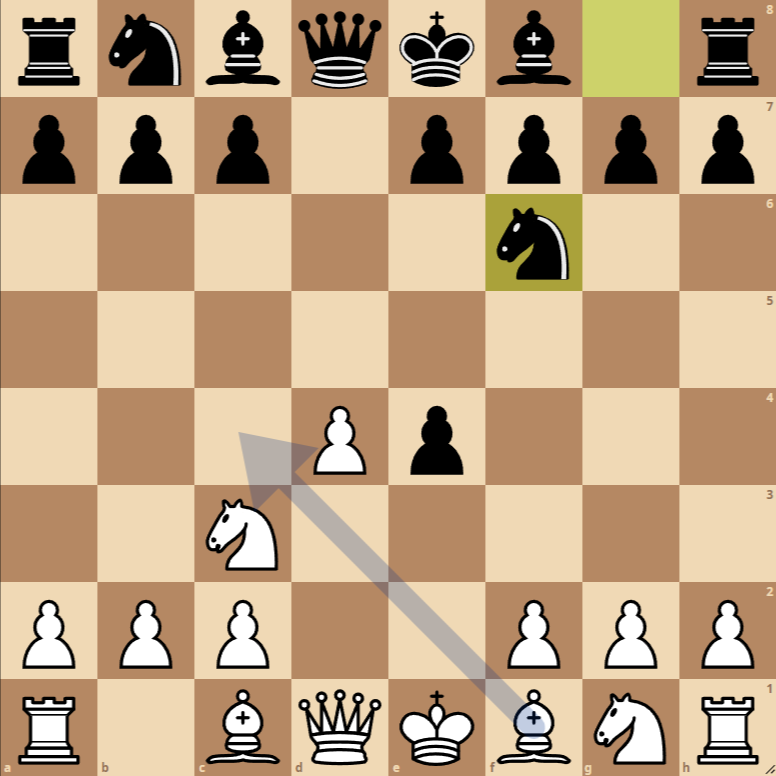
- 1. d4 d5: Both players advance their king’s pawns to the center, establishing control and initiating the battle for central space.
- 2. e4 dxe4: White offers a pawn to divert the black pawn from d5, initiating the gambit. Black accepts the gambit by capturing the pawn on e4.
- 3. Nc3 Nf6: White develops their knight to c3, attacking the pawn on e4. Black responds by developing their knight to f6, defending the pawn on e4 and exerting control over the center.
- 4. f3 exf3: White plays f3, preparing to recapture the pawn on e4 with the f pawn, demonstrating their intention to regain material and open lines for their pieces. Black captures the pawn on f3.
- 5. Qxf3: The white queen captures the pawn on f3, reclaiming the pawn and placing the queen in an active position while threatening moves towards the black king’s castling.
Variations of the Blackmar-Diemer Gambit Accepted Ryder Gambit Opening
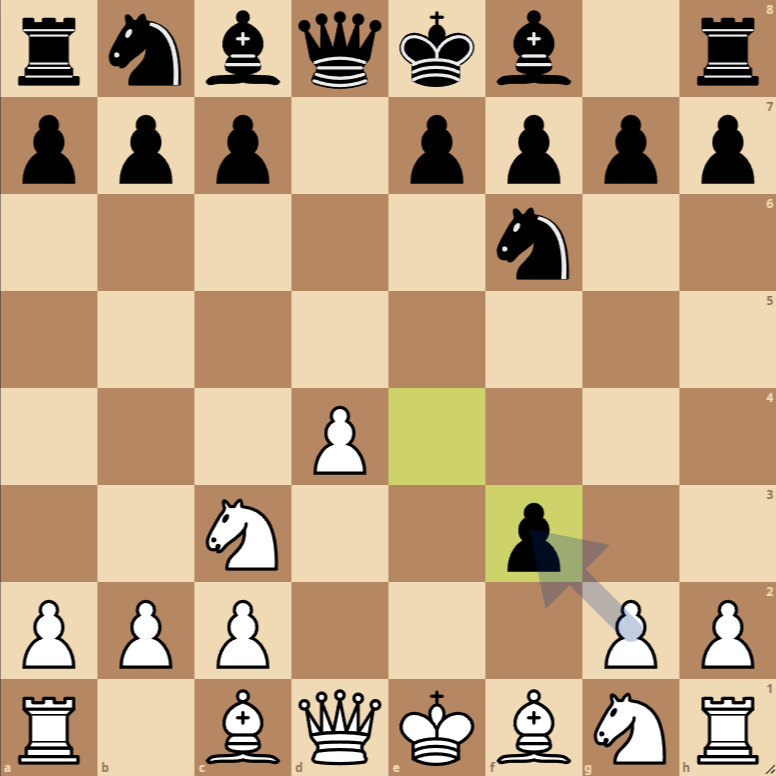
1. e6 Variation
Instead of accepting the gambit immediately, Black can choose to play e6, aiming to strengthen their center and prepare to develop their pieces more securely.
2. c6 Variation
Another option for Black is to play c6, protecting the pawn on d5 and possibly preparing an expansion on the queen’s side with …Qc7, followed by e5.

